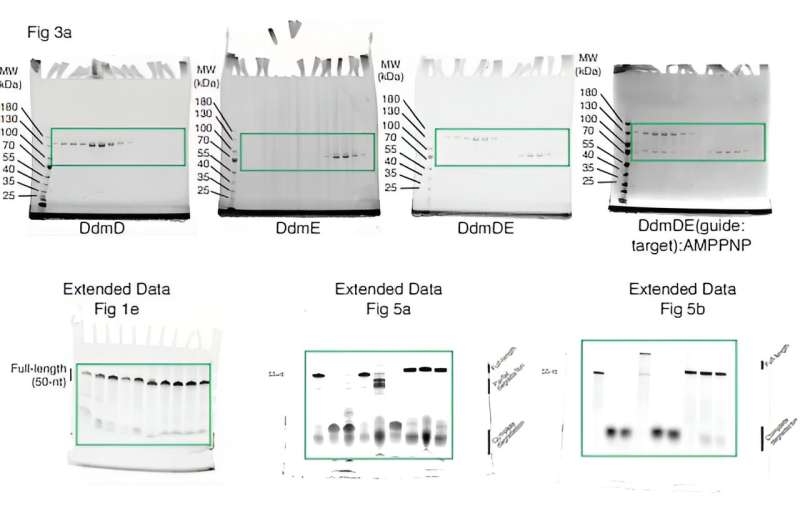This article has been reviewed according to Science X's editorial process and policies. Editors have highlighted the following attributes while ensuring the content's credibility:
fact-checked
peer-reviewed publication
trusted source
proofread
Persistent strain of cholera defends itself against forces of change, scientists find

A deadly strain of cholera bacteria that emerged in Indonesia back in 1961 continues to spread widely to this day, claiming thousands of lives around the world every year, sickening millions, and with its persistence, baffling scientists.
Finally, in a study published in Nature, researchers from The University of Texas at Austin have discovered how this dangerous strain has held out over decades.
A longstanding mystery about the strain of Vibrio cholerae (V. cholerae) responsible for the seventh global cholera pandemic is how this lineage has managed to out-compete other pathogenic variants. The UT team identified a unique quirk of the immune system that protects the bacteria from a key driver of bacterial evolution.
"This component of the immune system is unique to this strain, and it has likely given it an extraordinary advantage over other V. Cholerae lineages," said Jack Bravo, a UT postdoctoral researcher in molecular biosciences and corresponding author on the paper. "It has also allowed it to defend against parasitic mobile genetic elements, which has likely played a key part in the ecology and evolution of this strain and ultimately contributed to the longevity of this pandemic lineage."
Cholera and other bacteria, like all living things, evolve through a series of mutations and adaptations over time, allowing for new developments in a changing environment, such as antibiotic resistance. Some of the drivers of evolution in microbes are even smaller DNA structures called plasmids that infect, exist and replicate inside a bacterium in ways that can change bacterial DNA. Plasmids also can use up energy and cause mutations that are less advantageous for the bacteria.
Through a combination of laboratory analysis and cryo-electron-microscope imaging, the research team identified a unique two-part defense system that these bacteria have that essentially destroys plasmids, thus protecting and preserving the bacterial strain.

The World Health Organization estimates that cholera infects 1.3 million to 4 million people a year and that between 21,000 and 143,000 die annually. The bacterium is usually spread through contaminated water and food or contact with an infected person's fluids. Severe cases are marked by diarrhea, vomiting and muscle cramps that can lead to dehydration, sometimes fatally. Outbreaks occur mostly in areas with poor sanitation and drinking water infrastructure.
Although there is currently a vaccine to fight cholera, protection against severe symptoms drops after only three months. With new interventions needed, researchers say their study offers a potential new avenue for drugmakers to explore.
"This unique defense system could be a target for treatment or prevention," said David Taylor, associate professor of molecular biosciences at UT and an author on the paper. "If we can remove this defense, it could leave it vulnerable, or if we can turn its own immune system back on the bacteria, it would be an effective way to destroy it."
The defense system outlined in the paper consists of two parts that work together. One protein targets the DNA of plasmids with remarkable accuracy, and a complementary enzyme shreds the DNA of the plasmid, unwinding the helix of the DNA moving in opposite directions.
Researchers noted that this system is also similar to some of the CRISPR-Cascade complexes, which are also based on bacterial immune systems. The CRISPR discovery eventually revolutionized gene-editing technologies that have brought about massive biomedical breakthroughs.
Delisa A. Ramos, Rodrigo Fregoso Ocampo and Caiden Ingram of UT were also authors on the paper.
More information: Jack P. K. Bravo et al, Plasmid targeting and destruction by the DdmDE bacterial defence system, Nature (2024). DOI: 10.1038/s41586-024-07515-9
Journal information: Nature
Provided by University of Texas at Austin



















